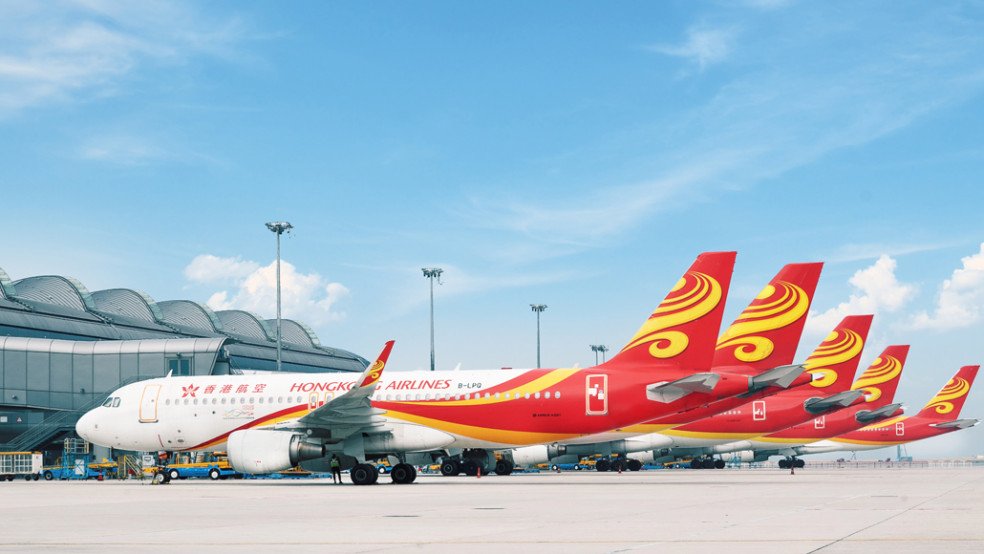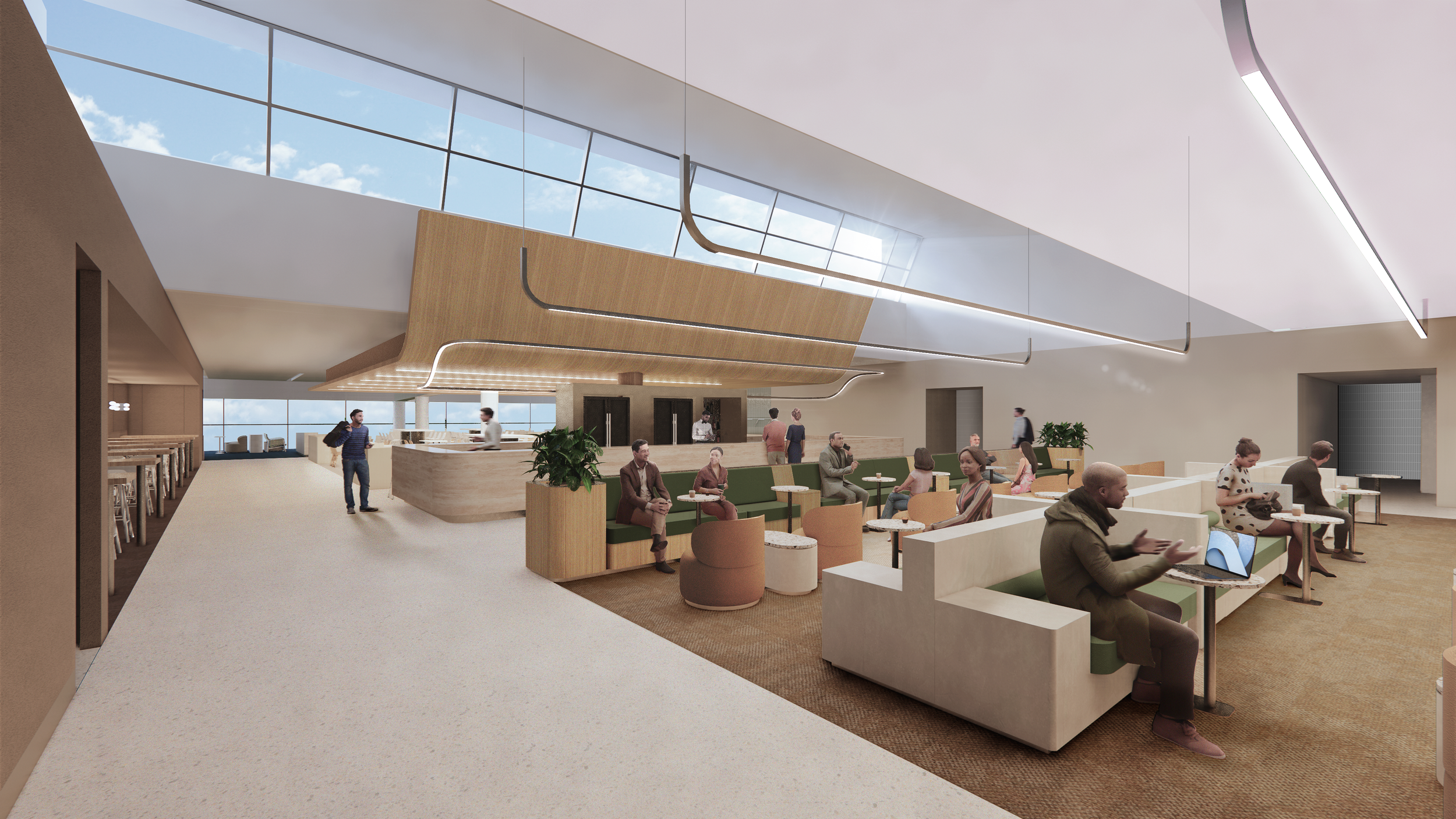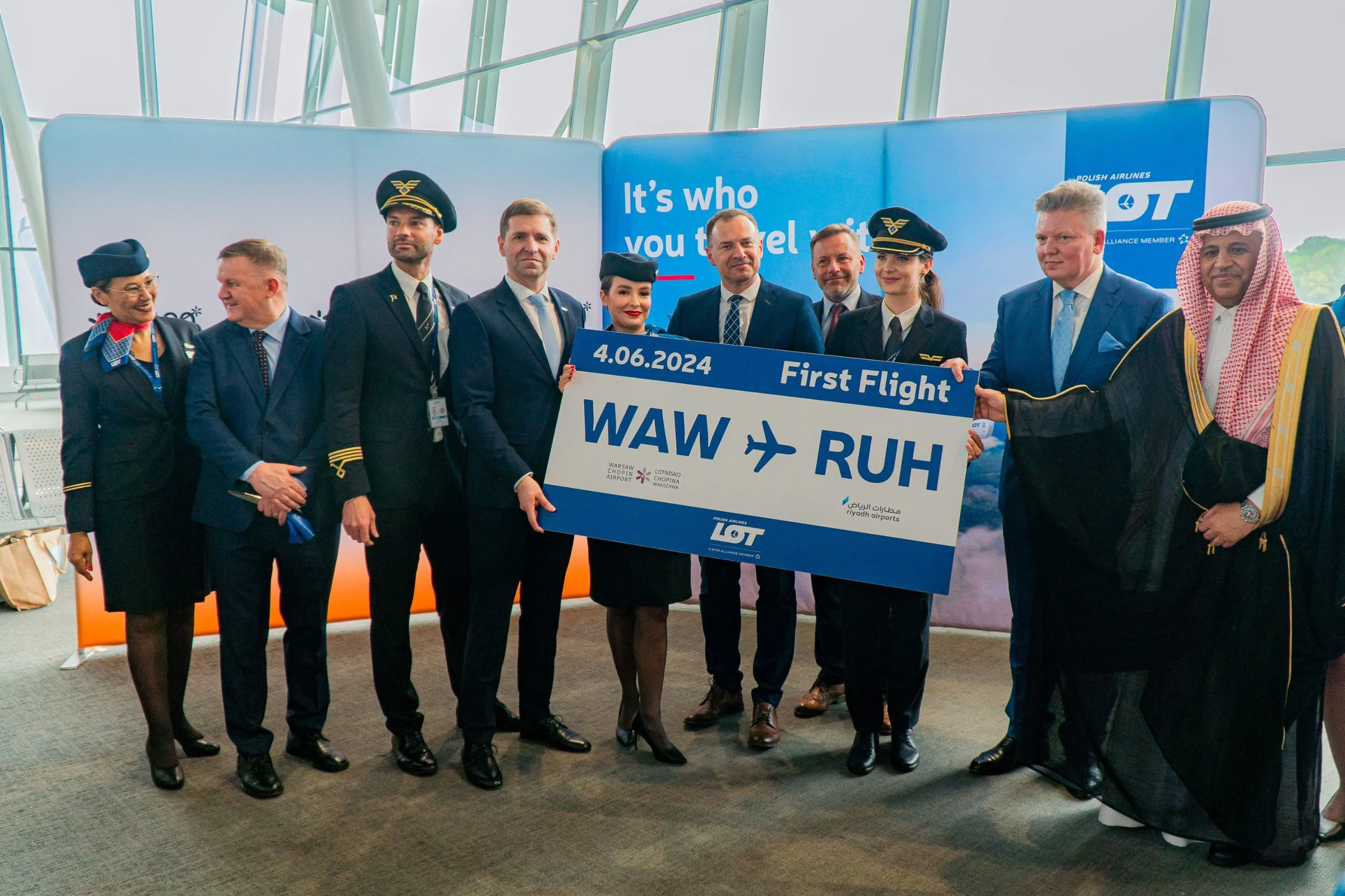The Rise of Airport Duty Free Shopping
In the bustling corridors of today’s international airports, duty-free shopping stands as a ubiquitous and integral part of the travel experience. However, few travelers are aware of the fascinating history that led to the birth of this now indispensable retail sector. The concept of duty-free shopping, a phenomenon closely intertwined with the evolution of air travel, has transformed the airport experience while significantly impacting global commerce and travel culture.
The genesis of duty-free shopping dates back to the 1940s. The visionary behind this revolutionary idea was Dr. Brendan O'Regan, an innovative Irish businessman. His brainchild was born out of a simple yet groundbreaking concept: to offer travelers shopping opportunities free from the usual local import taxes and duties. The first-ever duty-free shop was established at Shannon Airport in Ireland in 1947. This was a time when air travel was beginning to reshape global connectivity, and Shannon Airport was a strategic transatlantic refueling stop for many flights.
O'Regan’s idea was initially met with skepticism, but it rapidly gained traction. The primary appeal was the significant price advantage for goods typically laden with heavy taxes, such as alcohol, tobacco, and luxury items. The duty-free shop at Shannon Airport not only offered a novel shopping experience for travelers but also created a unique model of generating non-aeronautical revenue for airports. This model soon became a blueprint for airports worldwide, keen on diversifying their income streams beyond the traditional sources.
The 1950s and 60s witnessed a global expansion of the duty-free concept, aligning with the golden era of jet travel. As commercial aviation became more accessible, and international travel grew, airports increasingly adopted duty-free retailing. It wasn’t just about the economic benefits; duty-free shops also enhanced the airport experience, offering travelers a way to pass time during layovers or delays.
One of the critical factors in the proliferation of duty-free shopping was the evolution of international regulations regarding tax-free sales. Initially, there were no clear global standards, leading to a somewhat haphazard growth of duty-free retailing. However, over time, international agreements and regulations were established, providing a standardized framework that fueled further expansion of duty-free outlets across the globe.
The impact of duty-free shopping on the aviation industry cannot be overstated. It revolutionized airport economics, shifting the revenue model significantly towards retail and commercial services. This shift has been crucial in an era where airlines and airports face thin margins on traditional revenue sources. Additionally, duty-free shopping has become a key factor in the competitiveness of airports, with many travelers considering shopping options as a part of their choice of transit or destination airports.
The 21st century has seen a further transformation of airport duty-free shopping. It's no longer just about tax-free goods; it has evolved into a sophisticated retail experience, often featuring luxury brands, local specialties, and high-end services. Airports like Dubai International and Singapore Changi have set new standards in travel retail, offering expansive shopping malls with a wide array of products and experiences.
The birth of duty-free shopping at airports, pioneered over 70 years ago in Ireland, marked the beginning of a significant shift in both the aviation industry and global retail trends. From its modest inception at Shannon Airport to its current status as a multi-billion-dollar industry, duty-free shopping has not only redefined the airport experience but has also become an emblematic feature of the modern international travel landscape.
As air travel continues to evolve, so will the world of airport duty-free shopping, adapting to the changing needs and expectations of travelers around the globe. Trends such as sustainability, personalized experiences, and the integration of local culture into product offerings are likely to shape the evolution of this sector. Airports and retailers are increasingly focusing on creating unique, memorable experiences that reflect the local environment and culture, adding another dimension to the traveler's journey.






























